WALKING A TO Z
Our Vice President and Transport Planner at Arup, Susan Claris, has brought together an A-Z of small-scale improvements that can be made by local authorities and others to create a walking world for everyone.
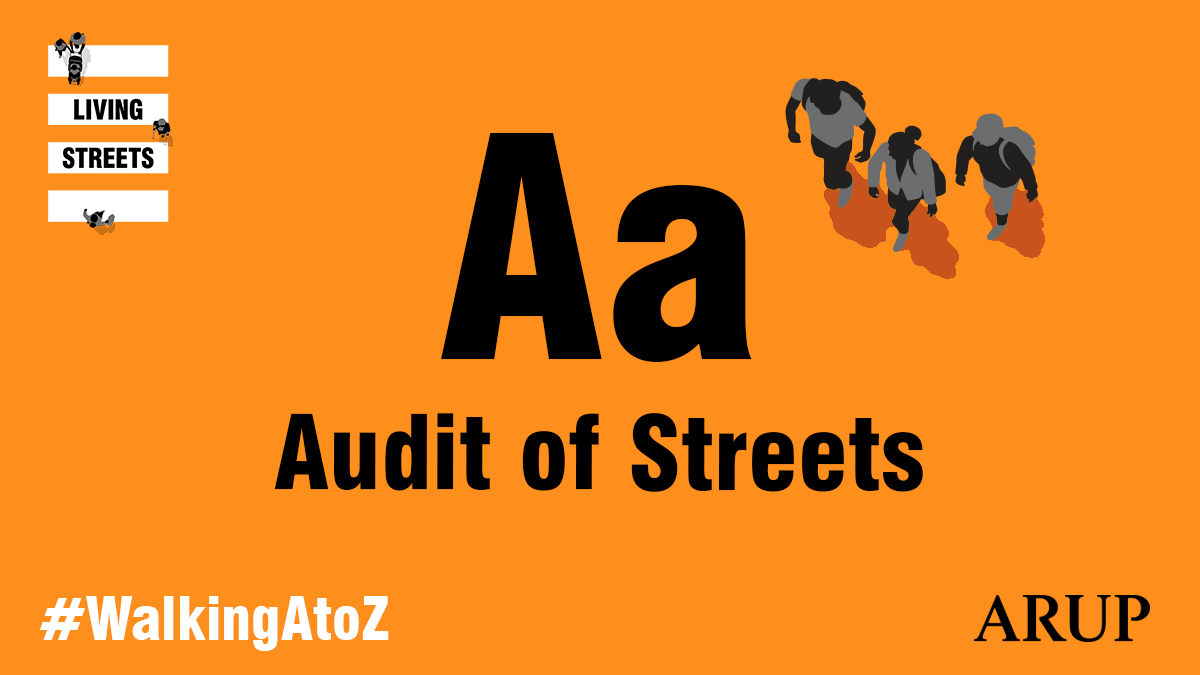
We work with local people to carry out Community Street Audits and School Route Audits to identify improvements to make local streets more walkable.
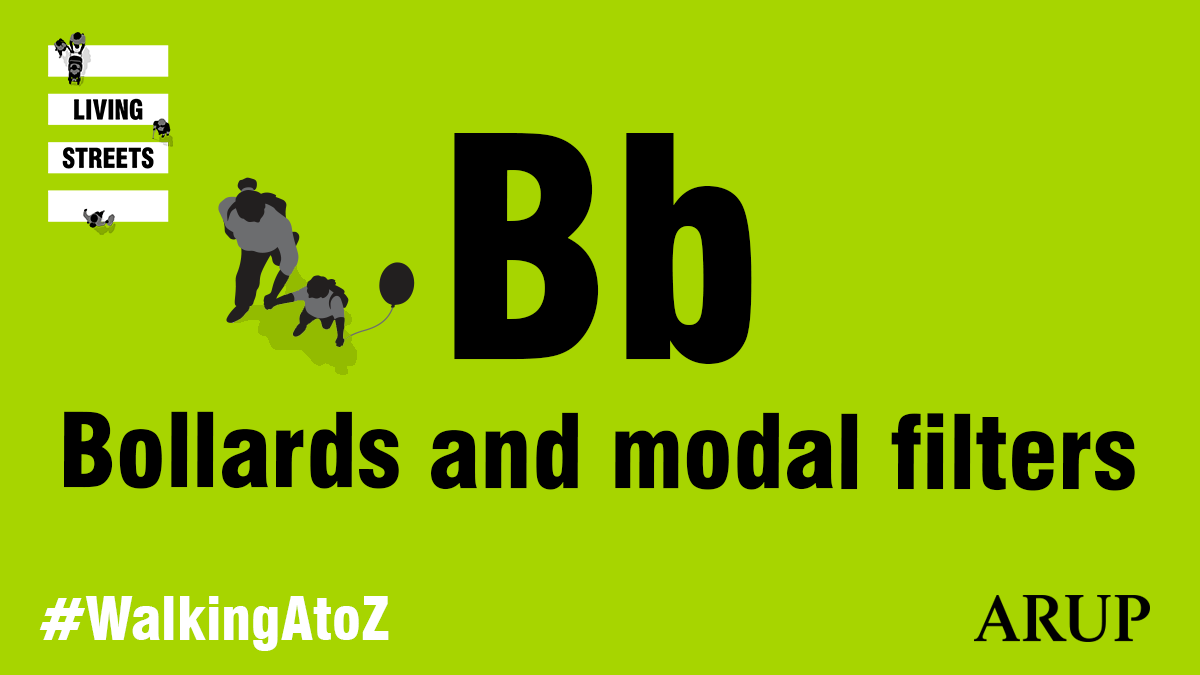
Modal filters offer the opportunity to significantly enhance the quality of the walking and cycling environment on both the street that is being filtered and adjacent roads.
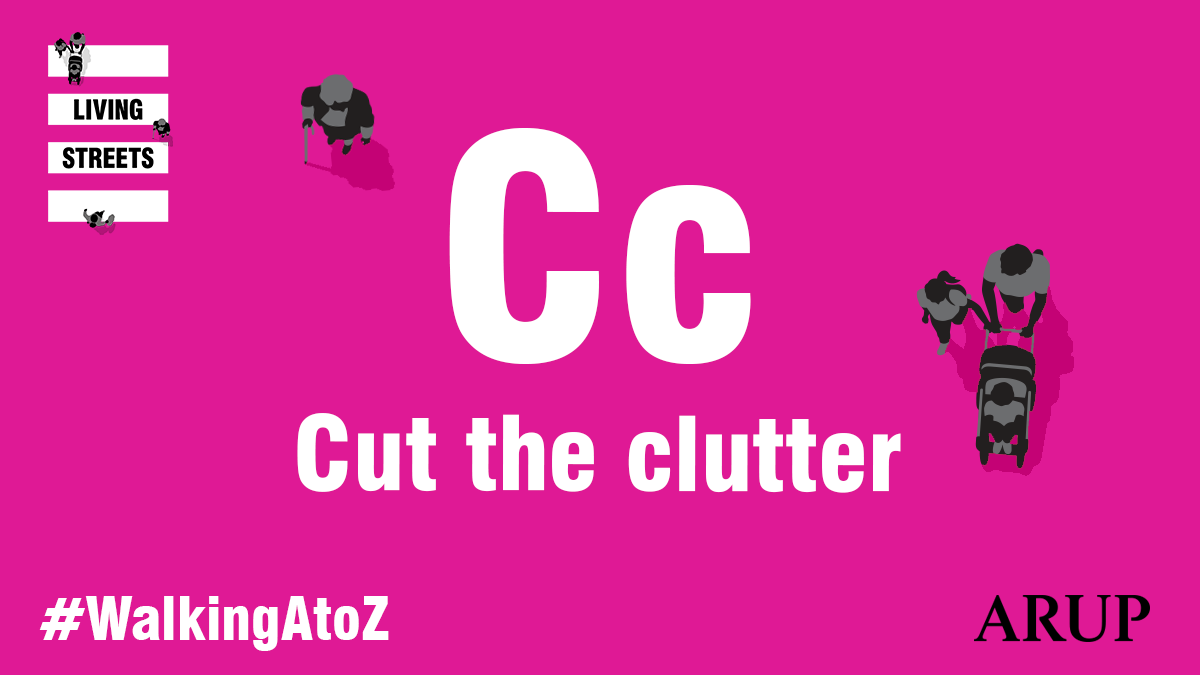
Street clutter clogs up our pavements and makes it hazardous for people to get around. We need to cut the clutter.
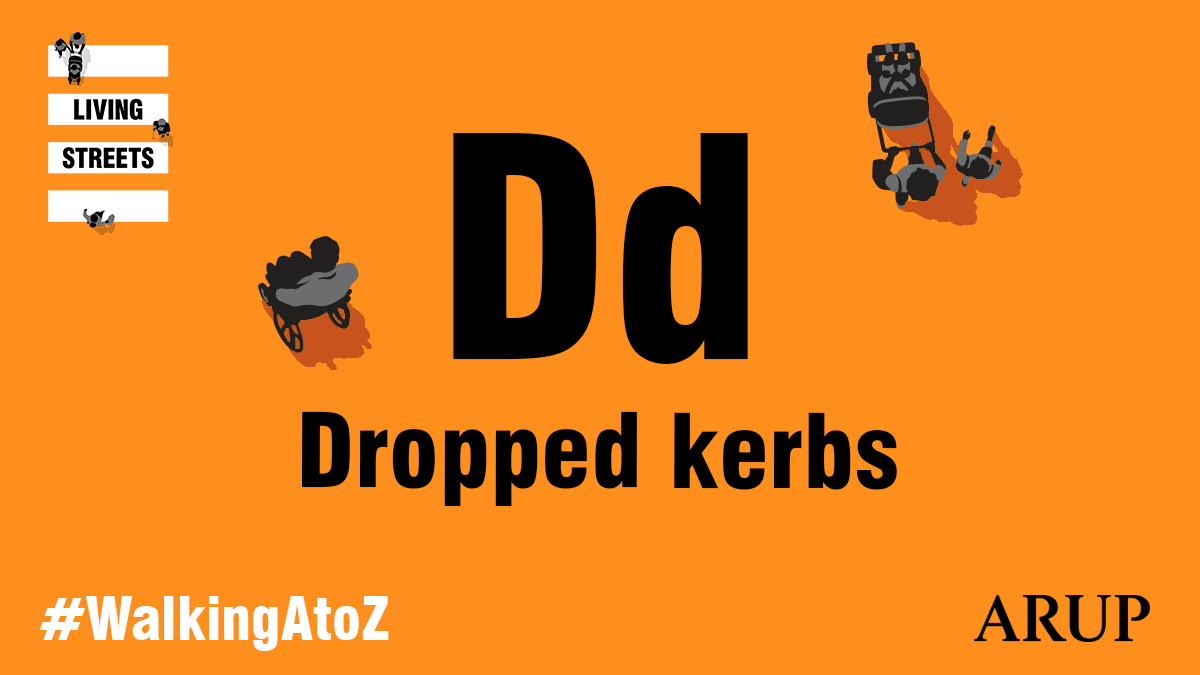
We need dropped kerbs on both sides of the streets to allow people with wheelchairs, buggies etc to use our streets easily and safely.
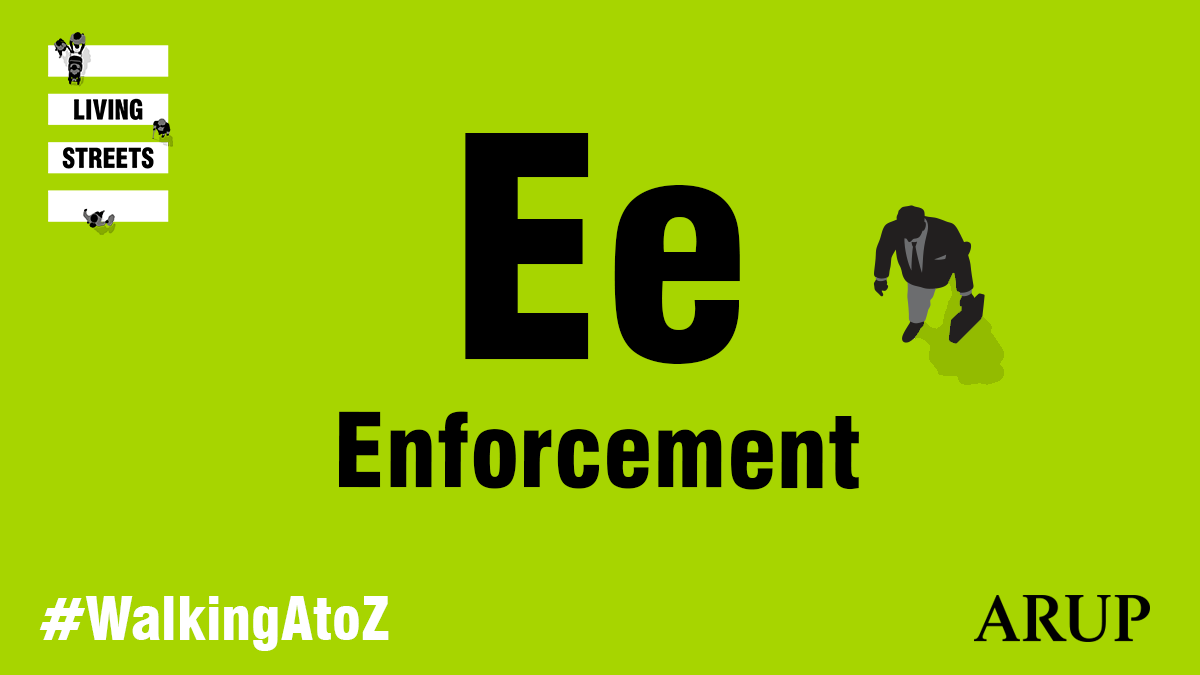
We need better enforcement of laws around illegal parking, speeding, obstructions and pavement cycling - more needs to happen so cyclists feel safer on the road.
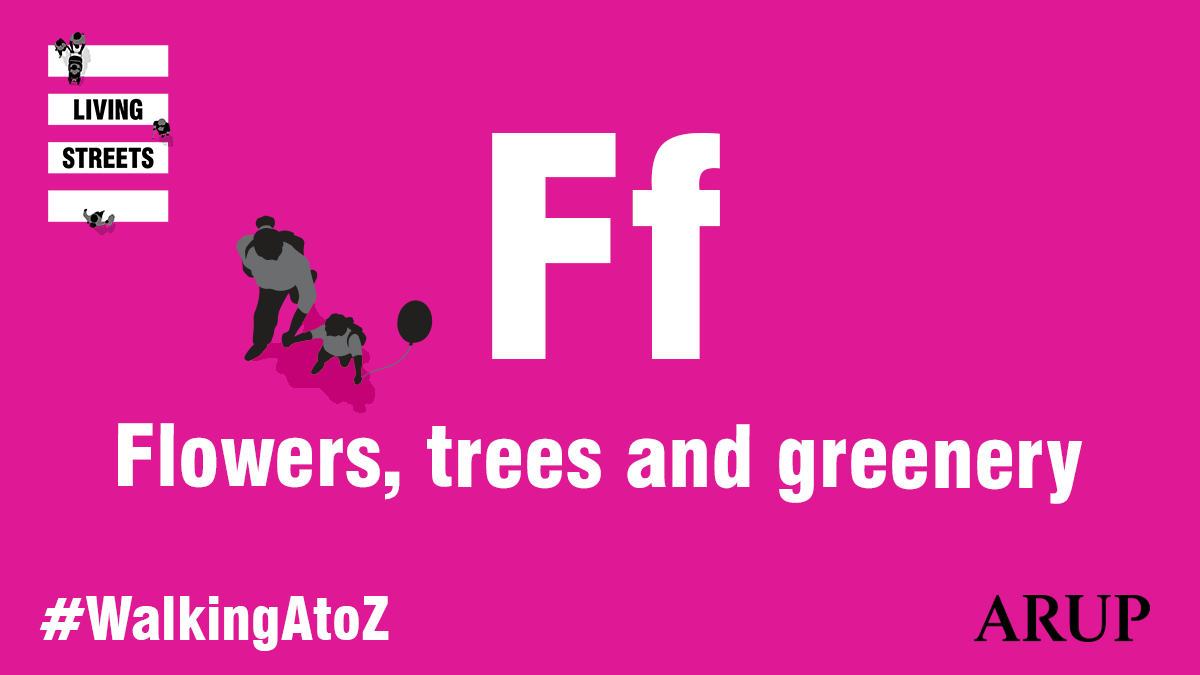
They make our streets more pleasant places to be. They can help mitigate climate change, provide habitats to improve urban biodiversity and provide shelter.
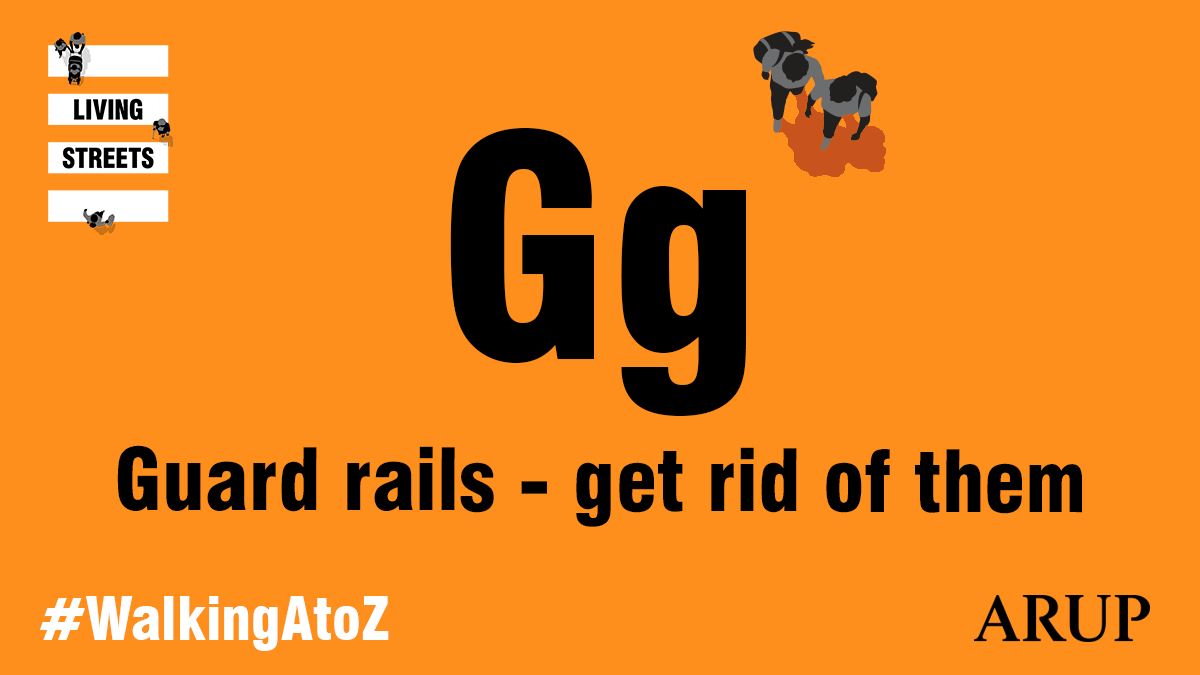
Guard rails create segregation not protection. They clutter and frustrate pedestrians. Slower speeds and better infrastructure are proper solutions.
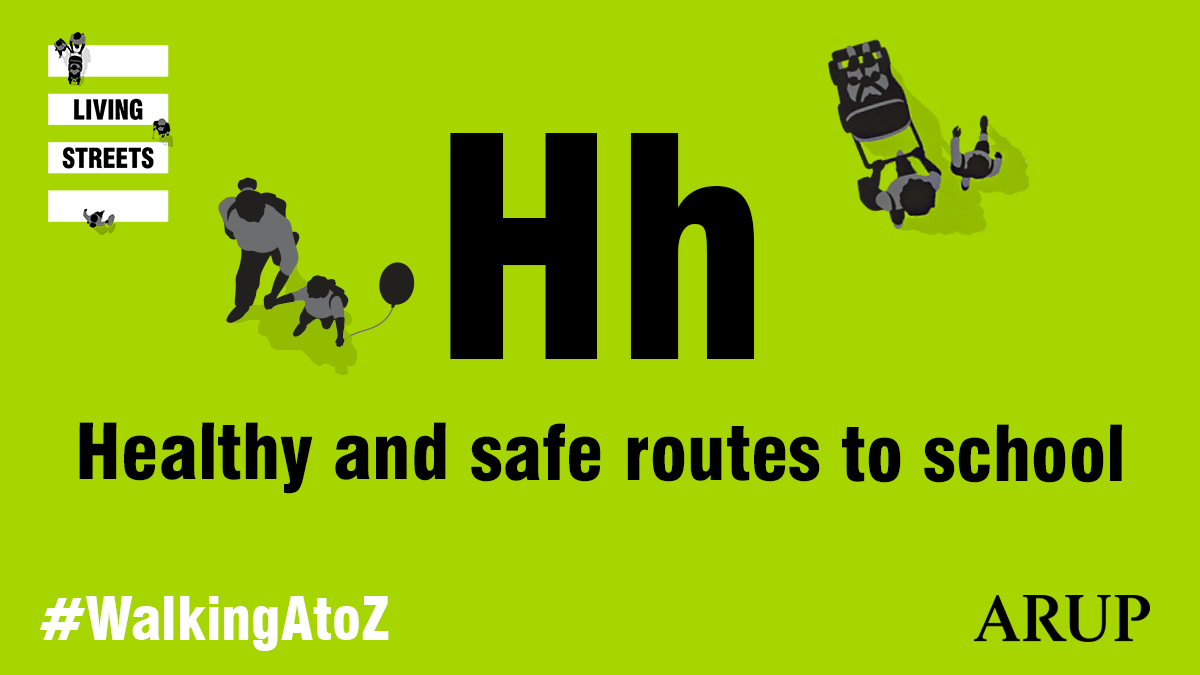
Setting up a School Street is relatively simple and can make a huge difference to encouraging families to walk to school while improving the air quality in the area.
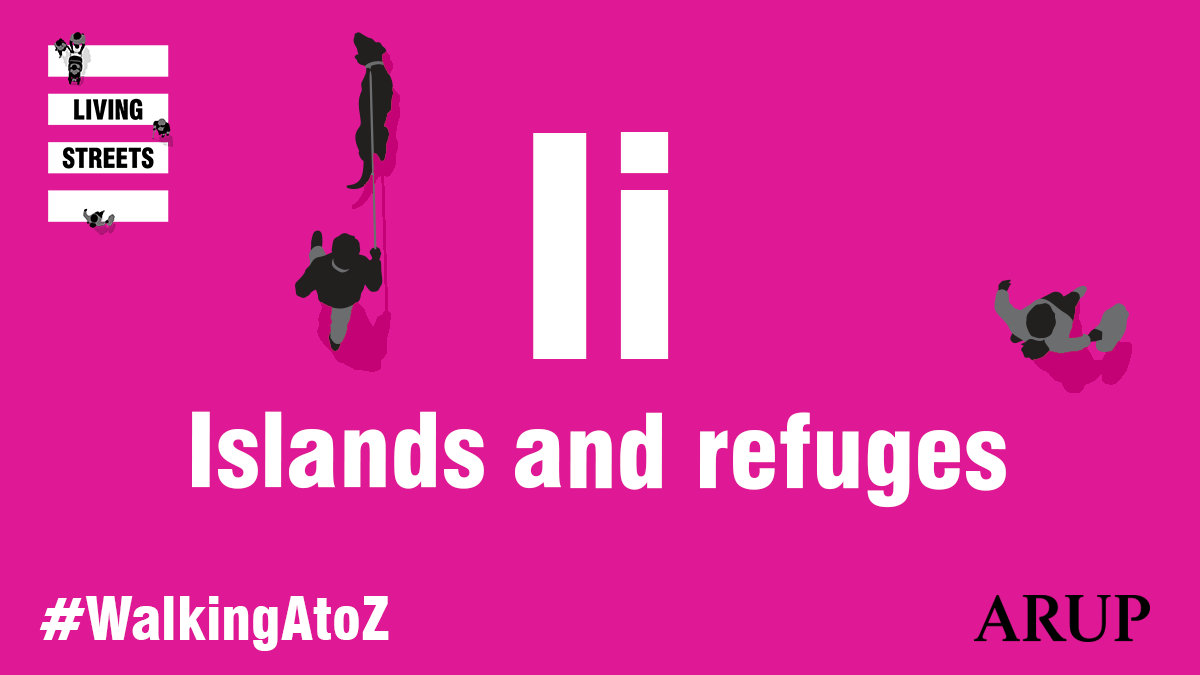
A well-designed pedestrian safety island reduces the exposure time experienced by a pedestrian in a junction considerably.
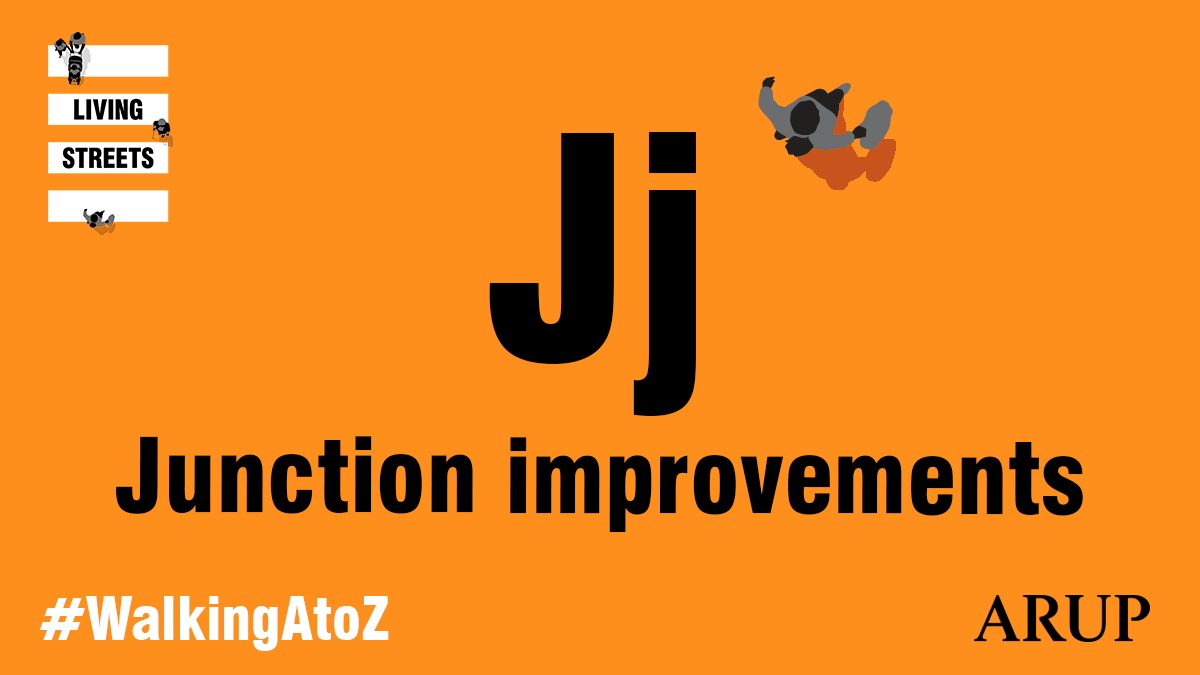
Nearly a quarter of pedestrian deaths occur at - or within 50m of - a crossing. The #HighwayCode has been updated to give people walking priority at junctions.
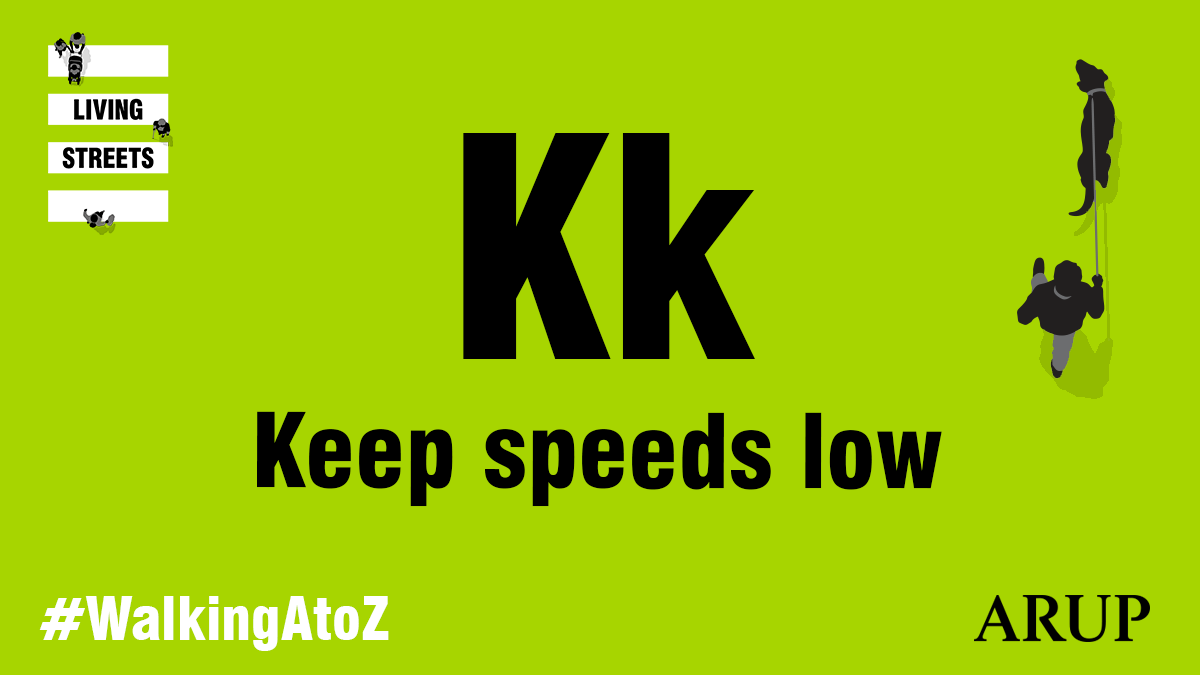
We want 20mph limits on streets where people live, work and play. Wales led the way by introducing a 20mph limit. We need other nations to follow in their footsteps.
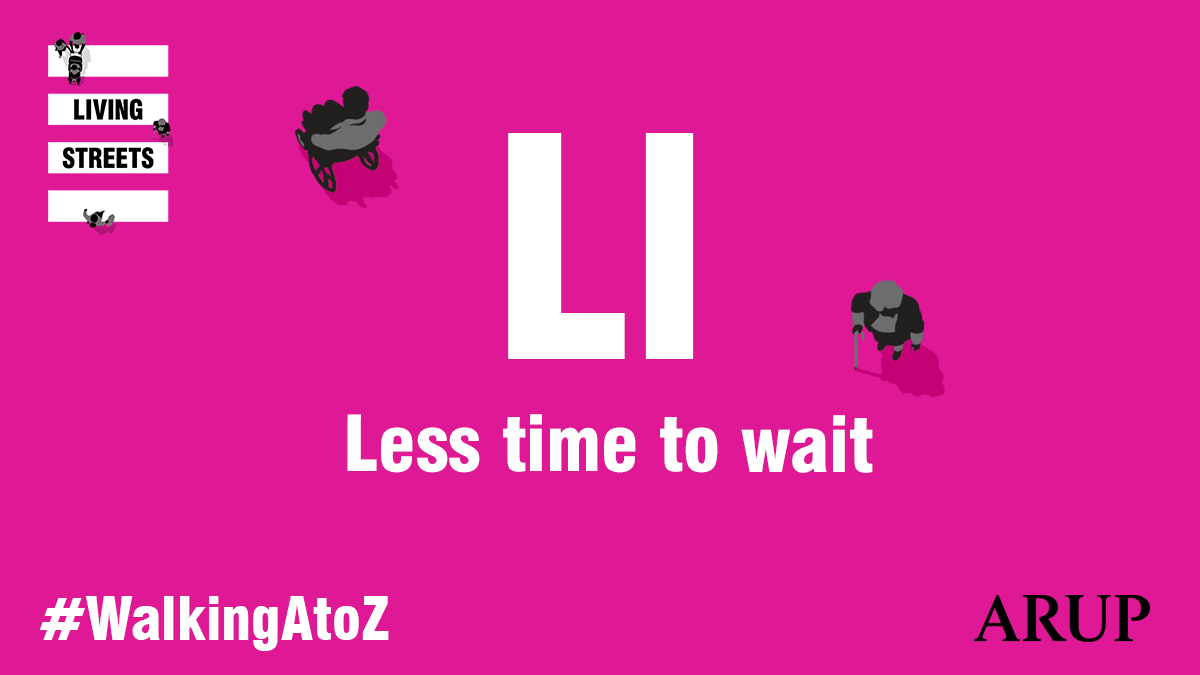
We need less time to wait at signalised crossings and longer pedestrian crossing times. Find out about our latest campaign calling for better crossings, via the link below.
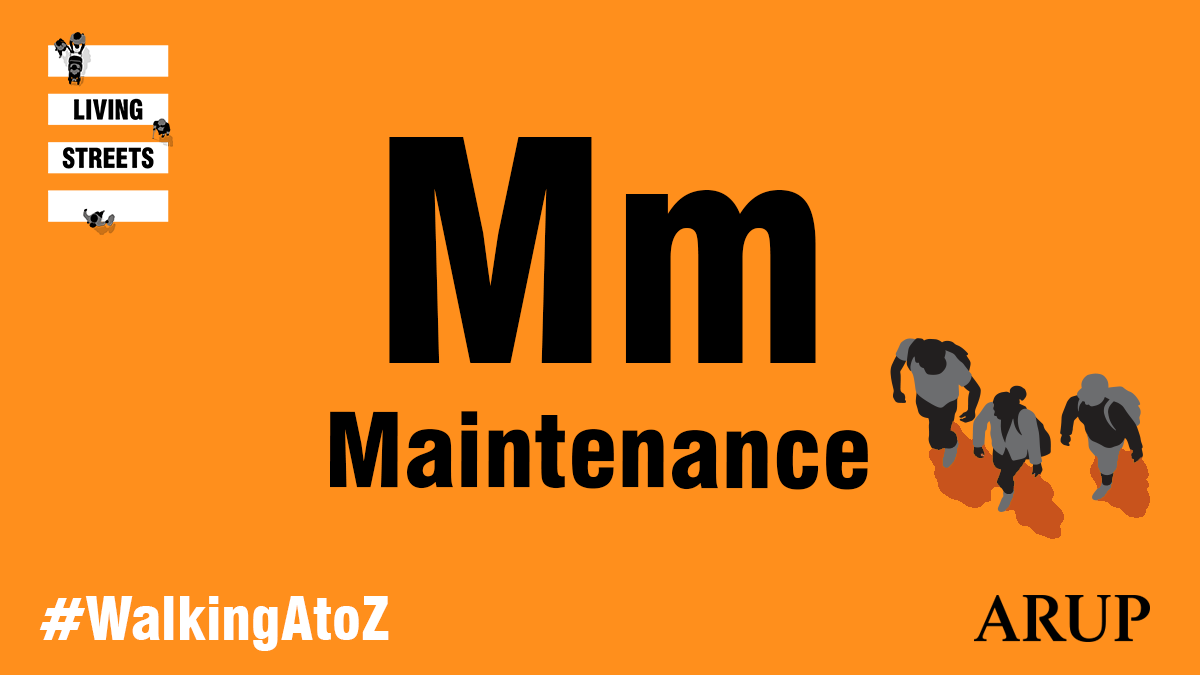
Nearly one in three (31%) over 65s are prevented from walking on their local streets because of cracked pavements. We need well-maintained footways.
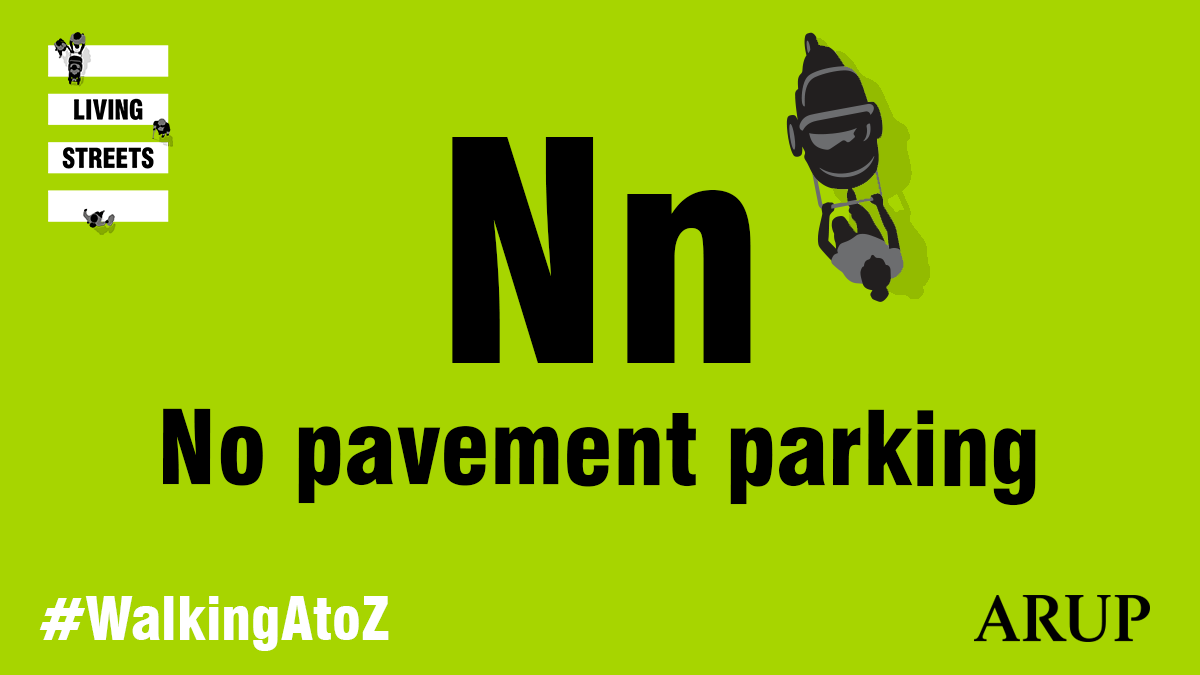
Cars parked on the pavement are an inconvenience at best. At worst, they force people into the roads and into danger. We need to ban pavement parking.
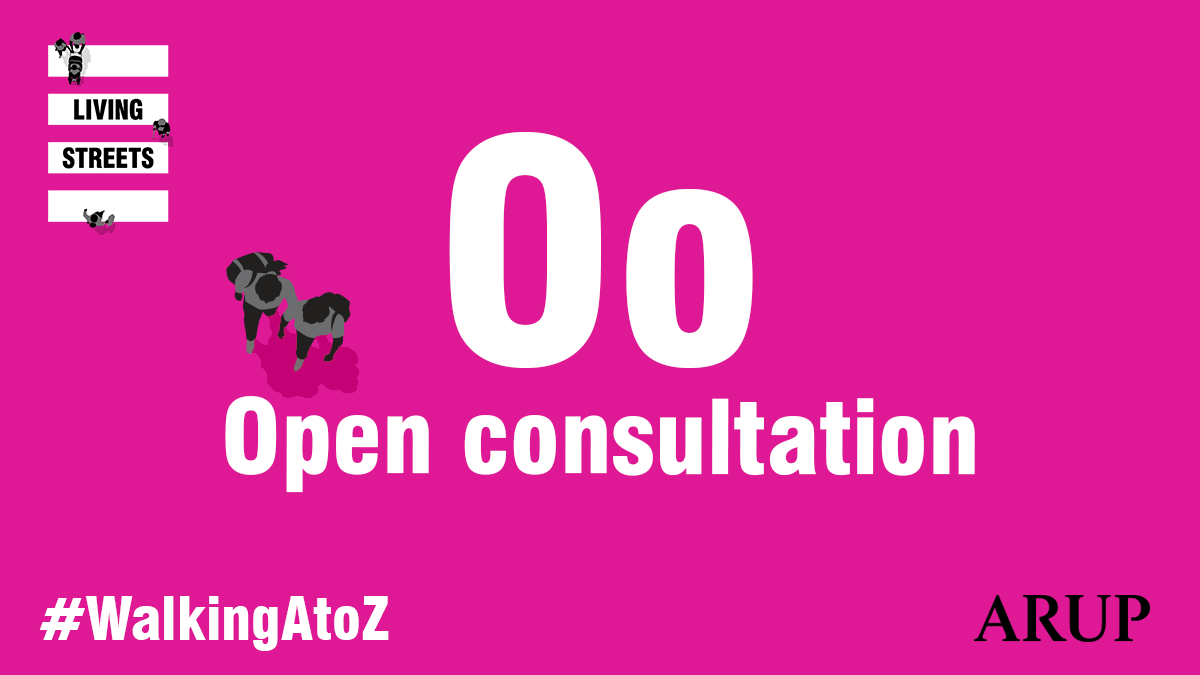
We need dialogue with all people. We work with communities to better understand the needs of local streets users.
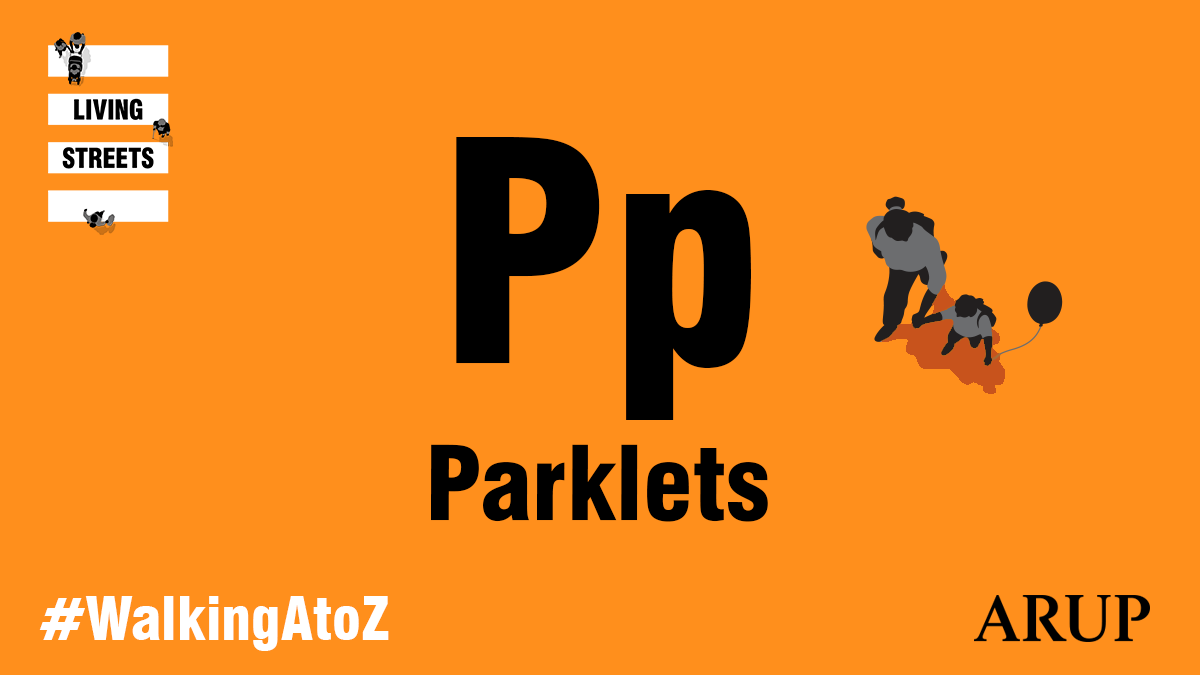
Parklets are popping up everywhere, creating resting places and play areas where there was previously an empty parking spot.
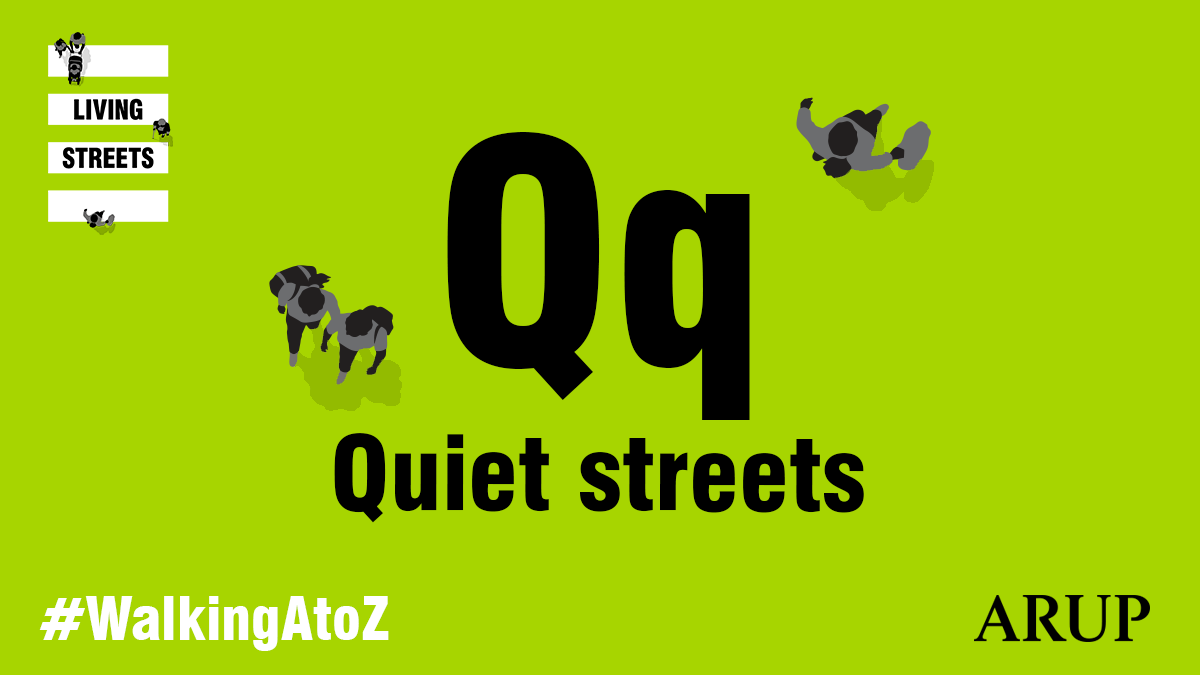
...but not too quiet! Reducing traffic volumes and speeds, quieter vehicles and low noise road surfaces will all benefit health as well as improve the ambiance of streets.
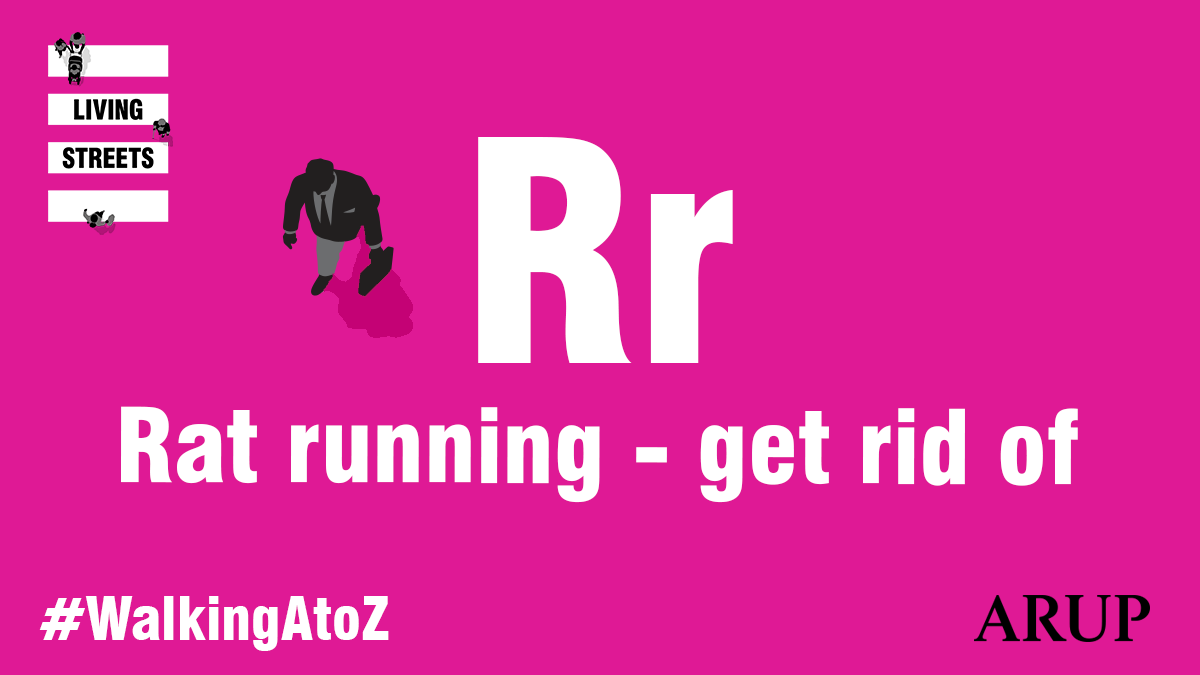
Rat running through residential streets prevents communities from walking more and stops children playing out on their streets. We need more measures that put an end to it.
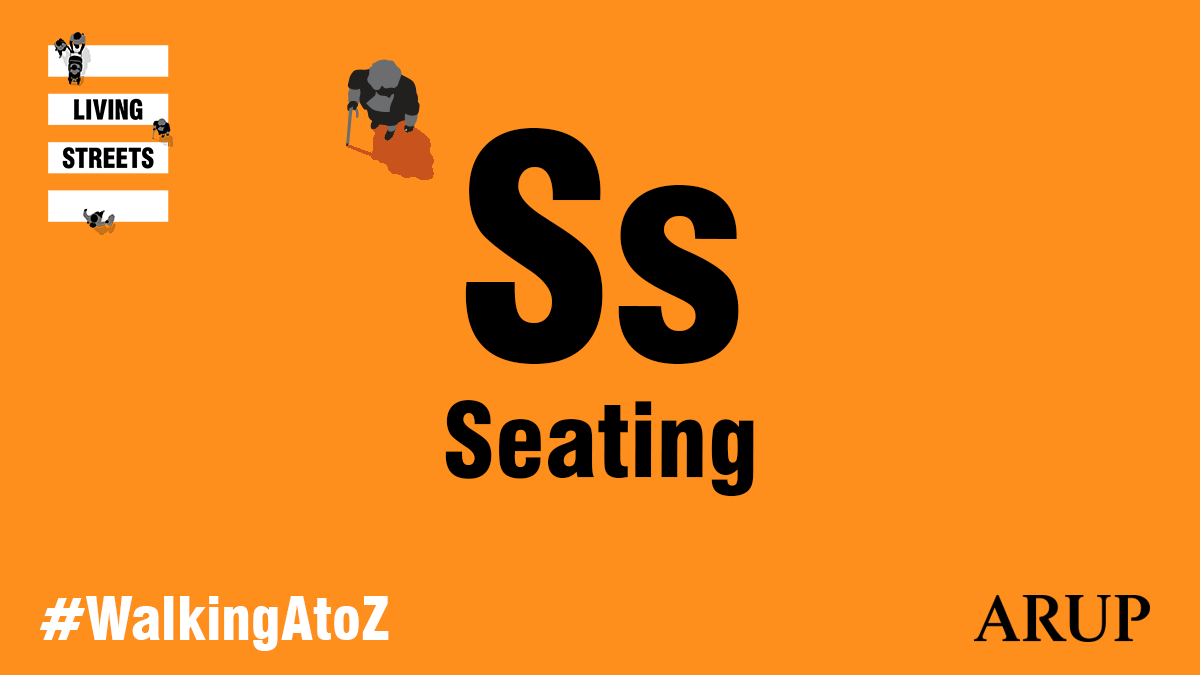
Having places to stop and rest is important to help those who are less able to walk long distances. Check out our animation to see what we think makes a ‘Living Street’.
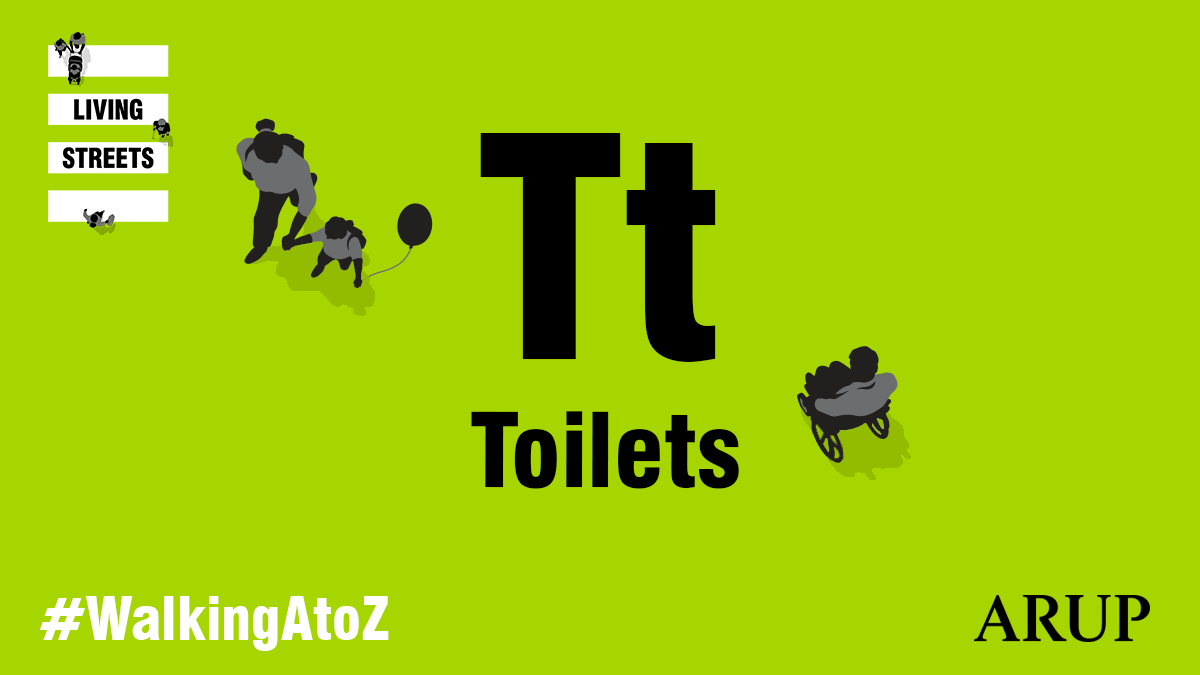
Our Croydon Local Group asked teenage girls and non-binary young people what could improve their streets. Well-maintained public toilets made their Top 3.
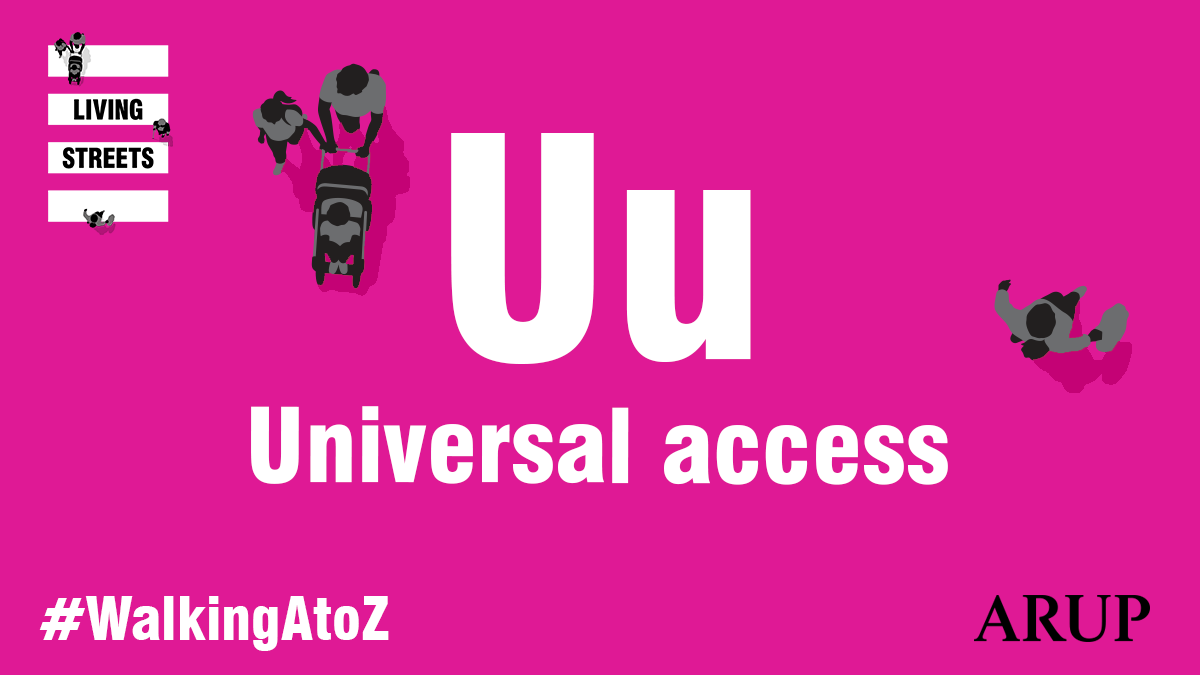
An inclusive approach to street design breaks down the barriers that exclude people and gives everyone a voice in the planning process.
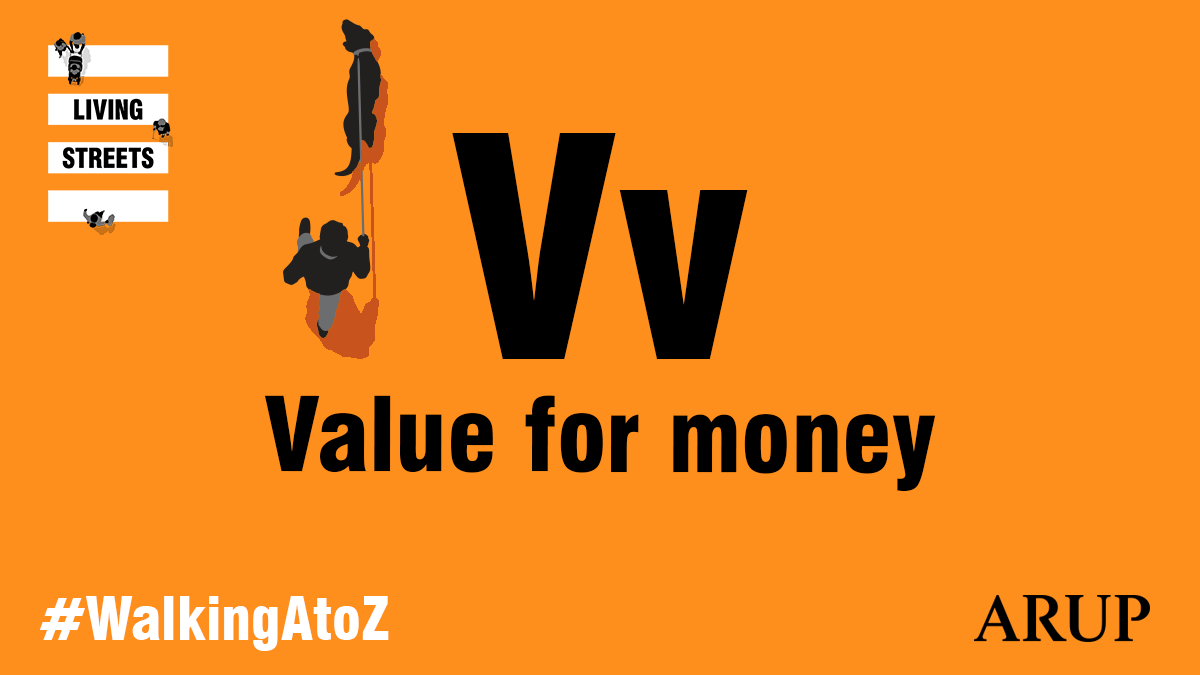
Our Pedestrian Pound research shows that shoppers on foot can spend up to 6 x more than those who arrive by car, & good walking environments boost sales by 30%.
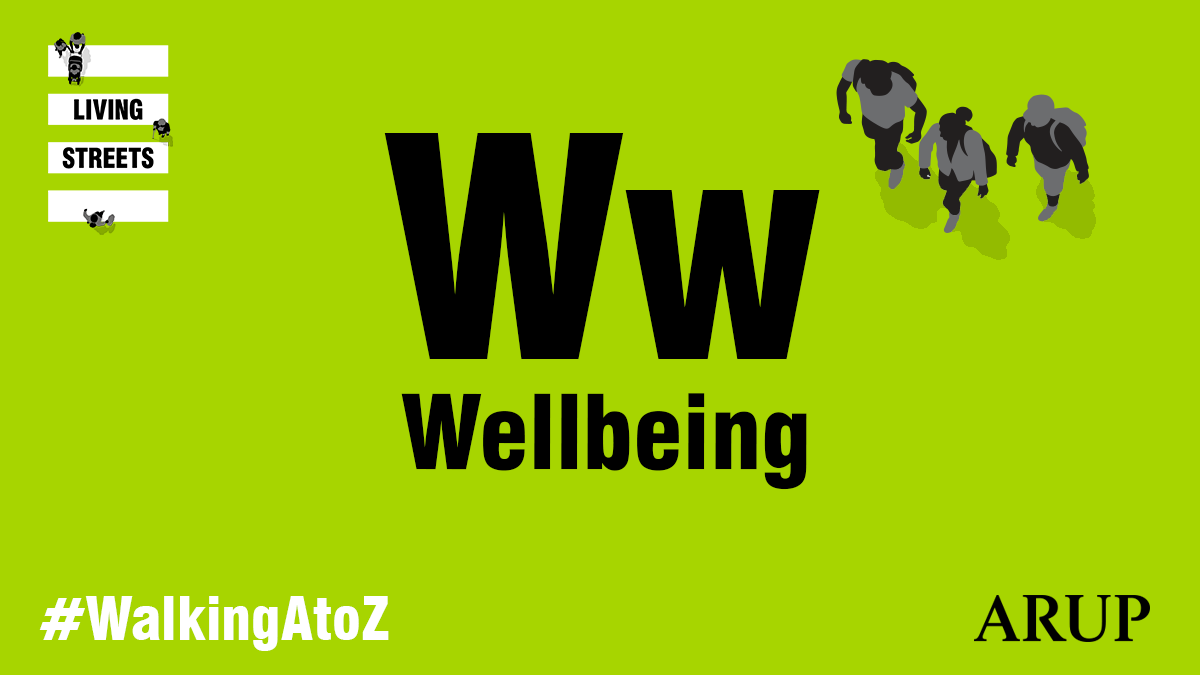
Many older people are physically inactive, feel socially isolated or are at risk of becoming so. Our Walking Connects project is helping to boost wellbeing through led walks.
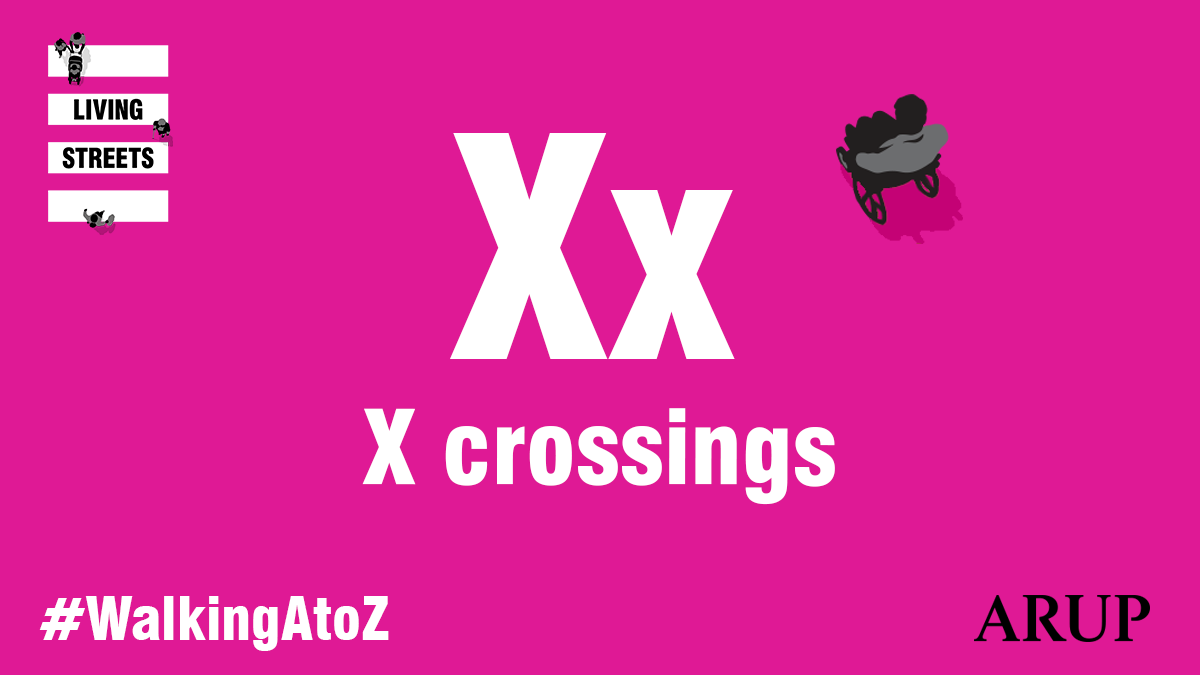
X crossing are a type of traffic signal that temporarily stops all vehicular traffic, allowing pedestrians to cross in every direction, including diagonally, at the same time.
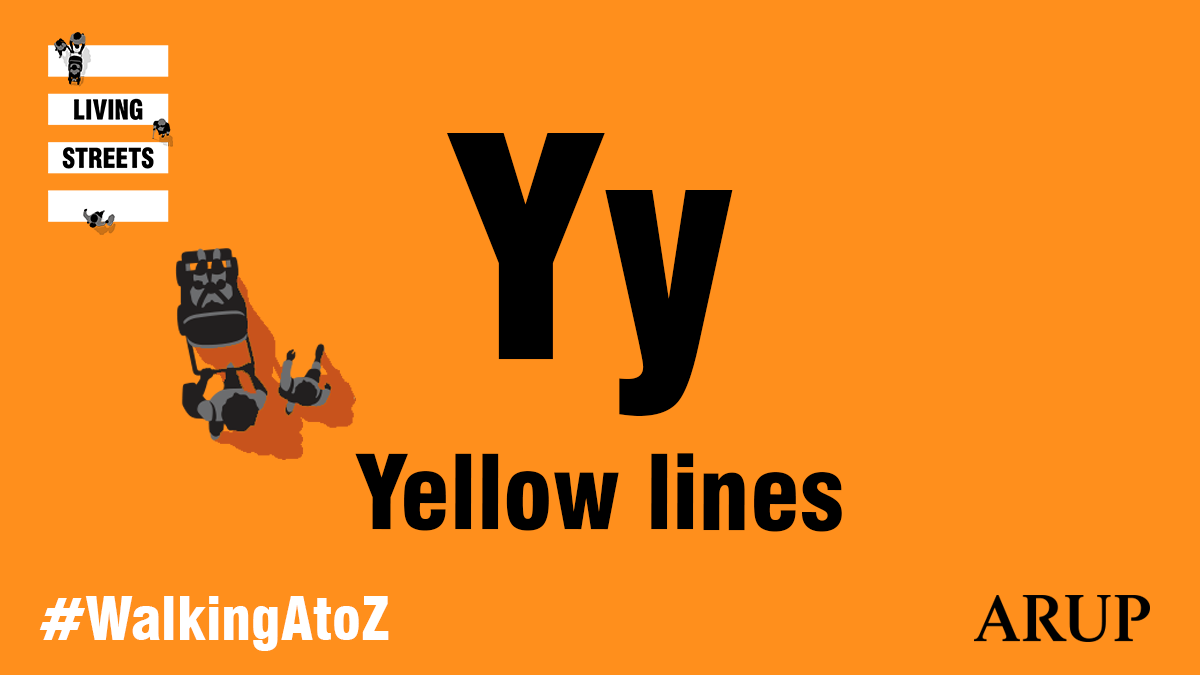
Yellow lines to manage parking. Double yellow lines indicate a prohibition of waiting at any time even if there are no upright signs.
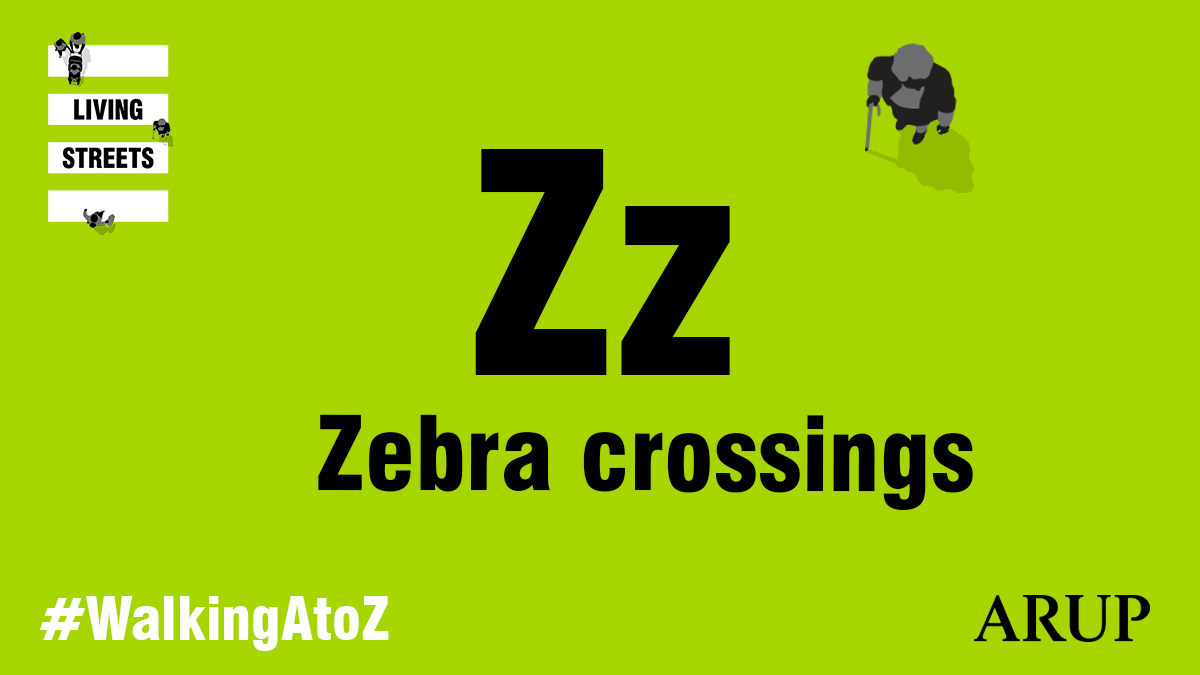
We want more of them! Including, side road zebras (no zig-zags and beacons) and Pelican, Puffin and Toucan crossings.

About the author
Living Streets